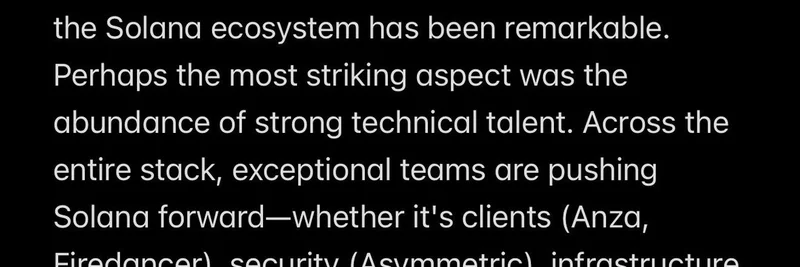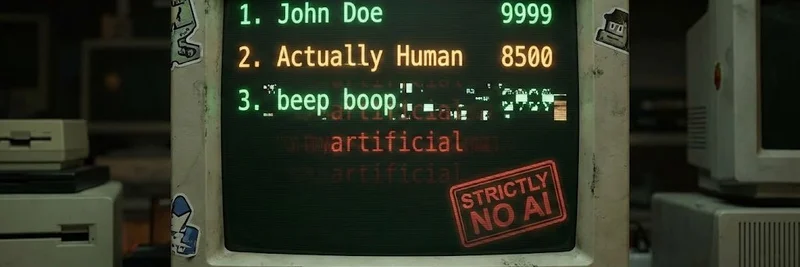Hey there, crypto enthusiasts! If you've been keeping tabs on the blockchain world, you've probably heard the buzz around Hedera ($HBAR). This isn't your typical meme coin story—Hedera's all about enterprise-grade tech that's quietly building a powerhouse network. But the latest news? It's a partnership that's got everyone talking:
- このパートナーシップには、HederaのコードベースをProject Hieroに寄贈することが含まれており、2025年10月22日に発表され、オープンソースの分散トラストプロトコルの推進を目指しています。
Hedera has officially joined forces with the Linux Foundation, becoming a founding premier member of their Decentralized Trust (LFDT) initiative. And get this—they've donated their entire codebase to an open-source project called Hiero. Let's break it down in plain English, because this could be a game-changer for HBAR holders and devs alike.
Why This Partnership Feels Like a Big Deal
Picture this: The Linux Foundation isn't just any tech group—it's the neutral ground where giants like IBM, Google, and Microsoft collaborate on open-source magic that powers everything from your phone's OS to cloud servers. Their Decentralized Trust arm, launched back in September 2024, is laser-focused on blockchain and decentralized tech, pulling together projects like Hyperledger for enterprise blockchains and Trust Over IP for digital identities.
Hedera jumping in as a premier member means they're not just dipping a toe; they're diving headfirst. Announced late last year and hitting a milestone this September with Project Hiero "graduating" from incubation, this move separates Hedera's codebase management from its day-to-day network ops. In simple terms? The code that makes Hedera tick—think hashgraph consensus (a super-efficient way to validate transactions without the usual blockchain drama)—is now open for anyone to tweak, improve, and build on. No more "walled garden" vibes; it's all about community-driven evolution.
What's Project Hiero, and Why Should You Care?
At the heart of this is Project Hiero, Hedera's gift to the open-source world. This isn't some side project—it's the full shebang: consensus algorithms, SDKs, libraries, and even node software. Developers can now fork it on GitHub, propose changes, and collaborate with over 80 orgs already in the mix, including heavy-hitters like Red Hat (IBM's open-source arm), Accenture, and DSR Corporation.
For the uninitiated, Hedera's hashgraph tech is a beast: it handles over 10,000 transactions per second with low latency, sips energy like a pro (it's even ISO-certified carbon-negative), and uses asynchronous Byzantine fault tolerance to keep things secure even if some nodes go rogue. Real-world apps? We're talking tokenizing assets like stocks or real estate, secure digital IDs, privacy-smart contracts via tools like Rayls and Vooi, CBDCs for governments, and tracking carbon credits to fight climate change.
This open-source pivot invites devs to innovate without gatekeepers. Want to supercharge smart contracts or integrate with other chains? Now's your shot. And for HBAR? It means more eyes on the tech, potentially driving adoption and value as enterprises warm up to a "battle-tested" platform.
The Ripple Effects for Blockchain and Beyond
Let's talk implications—because this isn't just Hedera patting itself on the back. By aligning with LFDT, Hedera taps into a network of 100+ members, including finance pros like DTCC (they're patenting tokenized stock settlements) and tech titans like Hitachi. Expect cross-pollination: think Hedera powering supply chain transparency for Accenture clients or secure wallets via the OpenWallet Foundation.
Broader ecosystem wins? It screams credibility. Enterprises love open-source because it's vendor-neutral—no single company pulling strings. This setup reduces centralization risks (Hedera's still governed by a council of big names like Google and Boeing for the live network) and pushes for standards in fintech via FINOS or security via OpenSSF. In a world where regs are tightening on DeFi and privacy, this positions Hedera as the "grown-up" blockchain for regulated plays.
For meme token fans dipping into serious crypto (hey, diversification is key!), HBAR's steady climb—fueled by these integrations—shows how utility can outpace hype. With partnerships like this, Hedera's not chasing pumps; it's building infrastructure that lasts.
Wrapping It Up: A Win for Open Collaboration
BSCNews nailed it in their recent tweet—Hedera's got no shortage of collabs, but teaming with Linux? That's next-level. If you're a dev, check out the Hiero repo and jump in. HBAR holder? This screams long-term potential as adoption ramps up.
What's your take—will open-source supercharge Hedera, or is it just another announcement? Drop your thoughts below, and stay tuned to Meme Insider for more on where memes meet mainstream blockchain. 🚀


